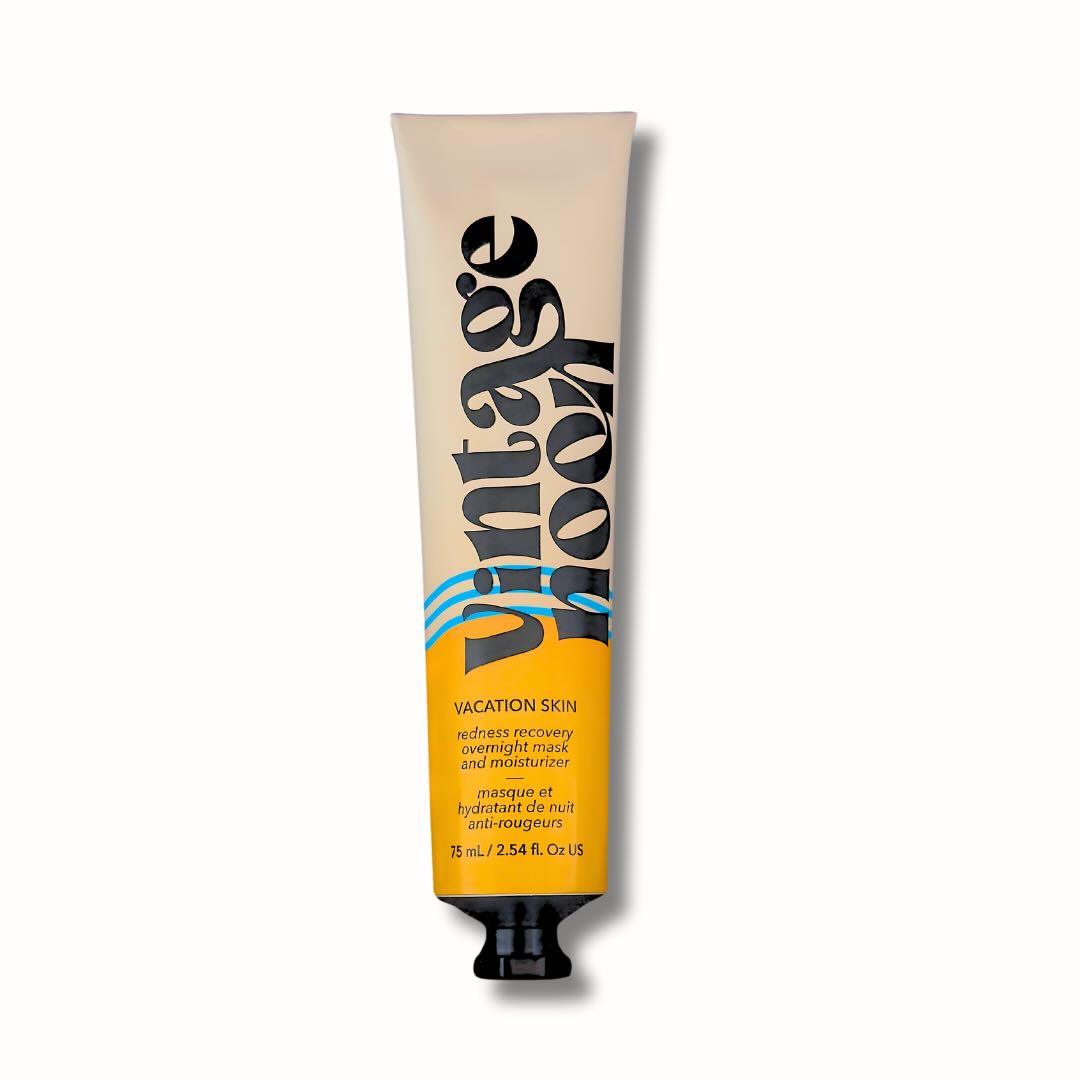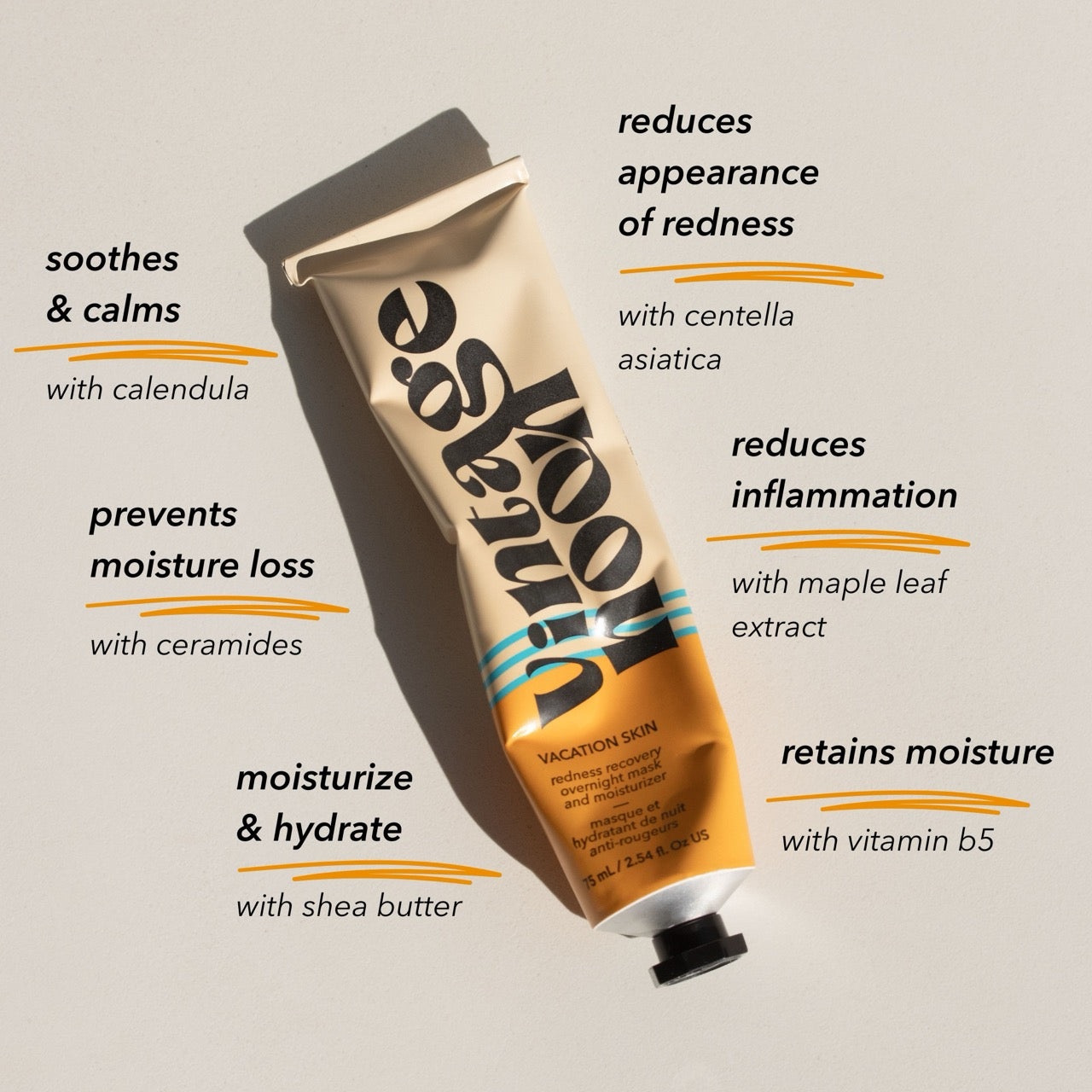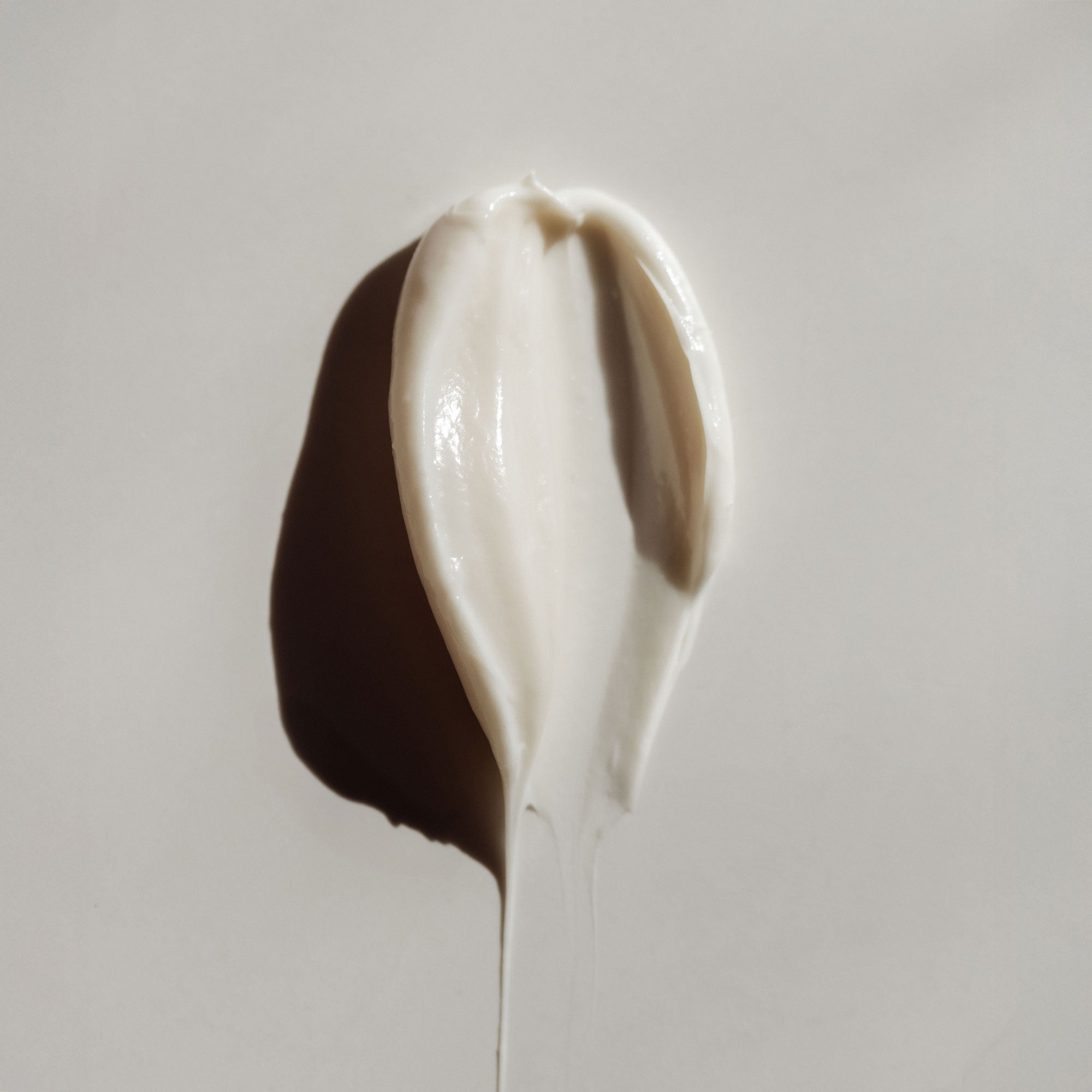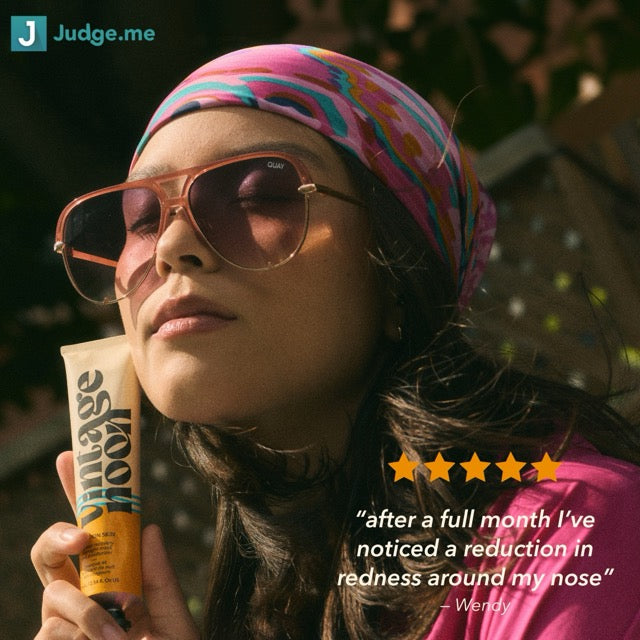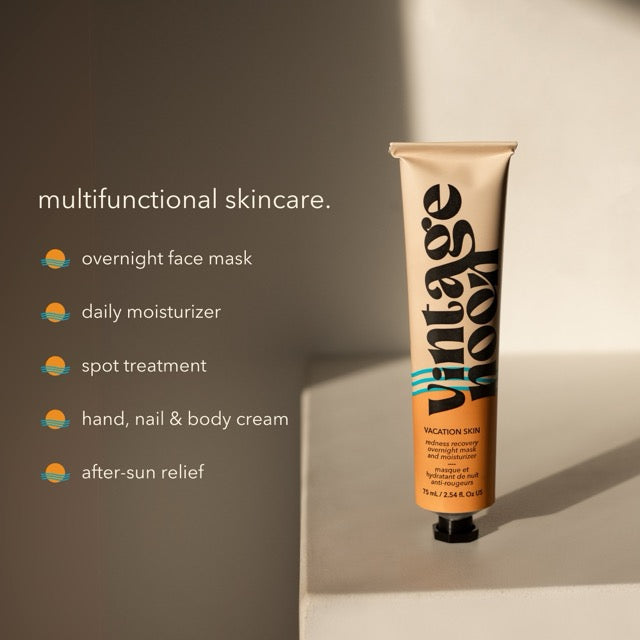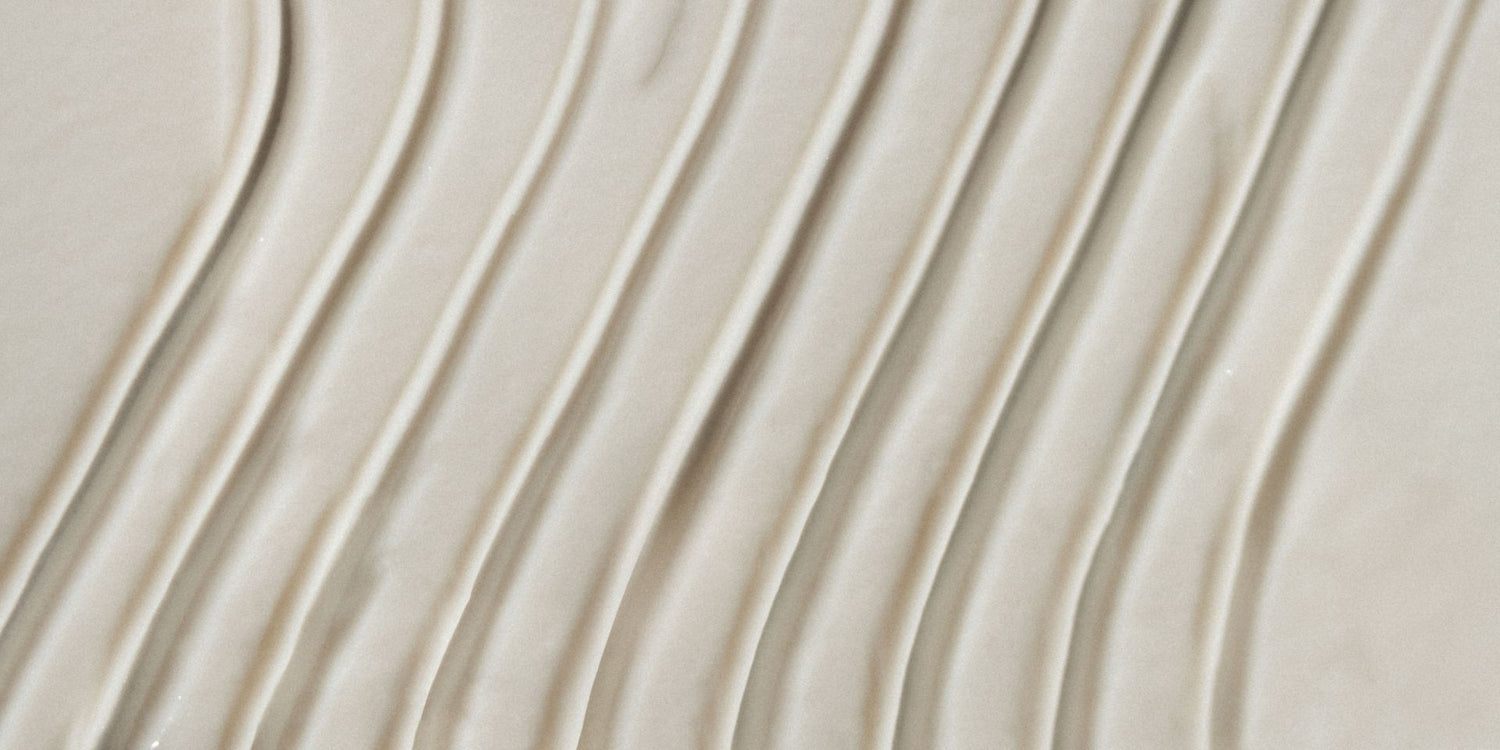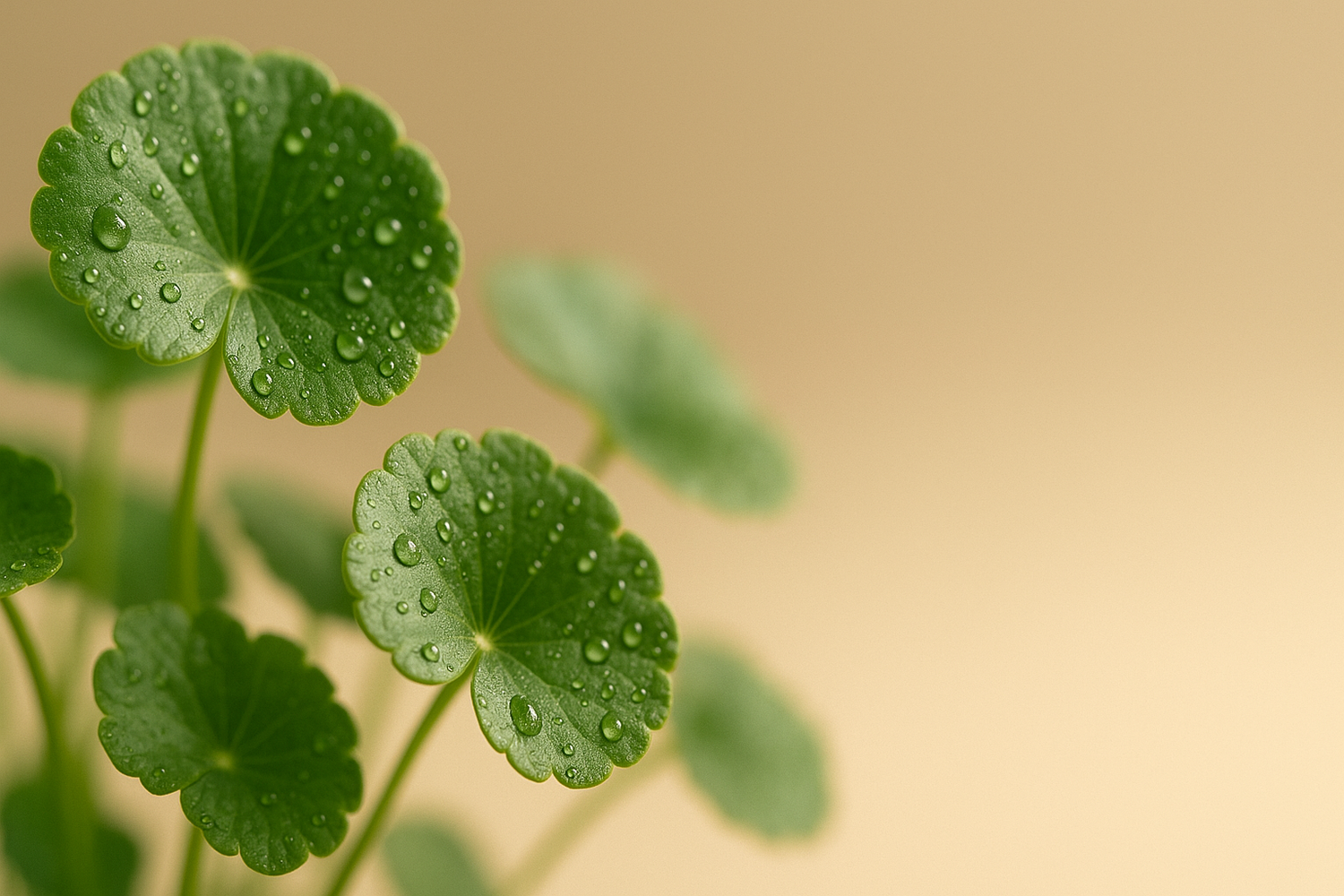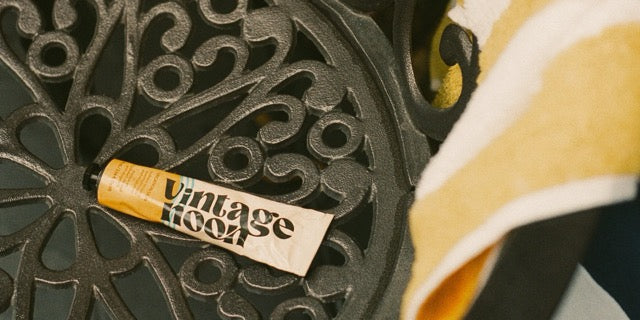When it comes to skincare, sometimes the best ingredients are the ones found in nature. Shea butter—a nutrient-rich extract from the nuts of the shea tree—has been used for centuries in Africa for its moisturizing and healing properties. While many people know it as a luxurious body moisturizer, shea butter can also be transformed into a potent face mask that nourishes and rejuvenates your skin. In this post, we explore the benefits of shea butter for your skin and provide a simple, step-by-step guide to making your own DIY shea butter face mask.
What is Shea Butter?
Shea butter is a natural fat extracted from the nuts of the shea tree (Vitellaria paradoxa), native to West Africa. Traditionally used in African cultures for centuries, this ingredient is prized for its high content of fatty acids, vitamins, and antioxidants. Its rich, creamy texture not only makes it an excellent moisturizer but also a versatile remedy for a variety of skin concerns.
Learn more about natural skincare ingredients on our Skincare Tips page and discover why Vintage Noon is passionate about clean, effective formulations.
The Incredible Benefits of Shea Butter
Moisturizing Properties
Shea butter is loaded with essential fatty acids (like oleic, stearic, and linoleic acids) and vitamins (A, E, and F) that help to deeply moisturize and hydrate the skin. Its natural emollient properties work to lock in moisture, making it an ideal ingredient for soothing dry, flaky, or cracked skin. Using a shea butter face mask can leave your skin feeling soft, supple, and well-nourished.
- Key Benefit: Long-lasting hydration for even the driest complexions.
Anti-Inflammatory Properties
Thanks to its naturally occurring anti-inflammatory compounds, shea butter helps to reduce redness, swelling, and irritation. This makes it especially beneficial for individuals with sensitive or acne-prone skin. Its gentle nature means it can calm inflamed skin and provide relief without harsh chemicals.
- Key Benefit: Soothes skin and minimizes irritation—ideal for sensitive skin types.
Anti-Aging Properties
Shea butter is also a powerhouse of antioxidants, which protect your skin from the harmful effects of free radicals. Free radicals are unstable molecules that contribute to premature aging by breaking down collagen and elastin. Regular use of shea butter can help reduce the appearance of fine lines and wrinkles while enhancing skin elasticity and overall radiance.
- Key Benefit: Helps combat signs of aging and supports skin repair.
How to Make a Nourishing Shea Butter Face Mask
Now that we’ve covered the benefits, here’s a simple DIY recipe to create your own shea butter face mask. This recipe combines shea butter with other natural ingredients to boost hydration, calm inflammation, and revitalize your skin.
Ingredients
-
1 tablespoon raw shea butter
Rich in fatty acids and vitamins for deep moisture. -
1 teaspoon honey
A natural humectant with antimicrobial properties. -
1 teaspoon aloe vera gel
Soothes and hydrates irritated skin. - Optional: A few drops of lavender essential oil (for fragrance and additional calming effects)
Instructions
-
Melt the Shea Butter:
Gently melt the shea butter using a double boiler or by microwaving in 10-15 second bursts. Be careful not to overheat it; you just want it softened enough to mix. -
Combine Ingredients:
In a clean bowl, add the melted shea butter, honey, aloe vera gel, and lavender essential oil (if using). Stir well until all ingredients are fully incorporated. -
Cool & Whisk:
Allow the mixture to cool slightly, then whisk vigorously until the mixture becomes light and fluffy. This step helps to create a smooth, easily spreadable consistency. -
Application:
Apply a thin, even layer to your clean face, avoiding the eye area. Leave on for 15–20 minutes to allow your skin to absorb the nutrients. -
Rinse Off:
Rinse with lukewarm water and gently pat your face dry with a soft towel.
Tip: For best results, use this mask 2-3 times a week as part of your nightly skincare routine.
Additional Tips for Maximizing Shea Butter Benefits
- Consistency is Key: Regular use of shea butter in your skincare routine will yield the best results. Consider pairing your DIY mask with a daily moisturizer for continuous hydration.
- Patch Test: If you have sensitive skin, perform a patch test before applying the mask to your entire face.
- Storage: Store any leftover mask in an airtight container in a cool, dry place for up to one week.
Explore our shea butter-infused skincare product here for an effective formulated approach to skincare.
Frequently Asked Questions (FAQs)
Q: Can I use this mask on all skin types?
A: Yes, the ingredients in this DIY mask are gentle and suitable for most skin types, including dry, sensitive, and acne-prone skin.
Q: How often should I use this face mask?
A: For best results, use the mask 2-3 times a week. Overuse may lead to excess moisture, so adjust based on your skin’s needs.
Q: Can I substitute any ingredients?
A: Absolutely. If you’re allergic to any ingredient, try alternatives such as coconut oil instead of shea butter, or opt for a different natural humectant in place of honey.
Conclusion
Shea butter is more than just a moisturizing ingredient—it’s a natural skincare hero with powerful anti-inflammatory and anti-aging properties. Whether you choose to make your own DIY face mask or explore our curated range of shea butter-based products, incorporating this natural ingredient into your routine can help you achieve a more nourished, radiant complexion.
Call to Action:
Ready to experience the benefits of shea butter for yourself? Try our DIY face mask recipe and share your results with us in the comments below. Don’t forget to subscribe to our newsletter for more natural skincare tips and exclusive product updates!
Connect with us on Instagram for skincare inspiration.












